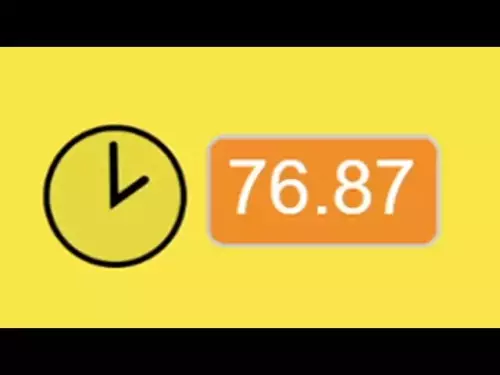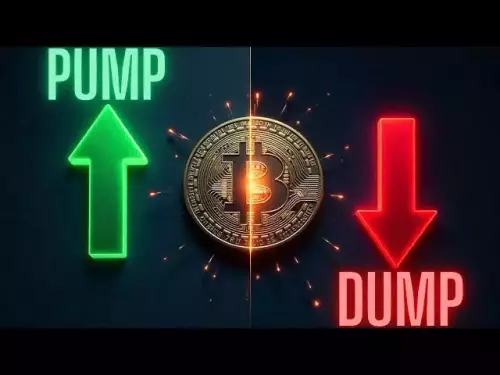-
 bitcoin
bitcoin $111743.690167 USD
0.54% -
 ethereum
ethereum $3950.699791 USD
0.55% -
 tether
tether $1.000164 USD
-0.01% -
 xrp
xrp $2.611685 USD
2.58% -
 bnb
bnb $1122.616845 USD
1.30% -
 solana
solana $193.462394 USD
-0.26% -
 usd-coin
usd-coin $0.999872 USD
-0.03% -
 dogecoin
dogecoin $0.196092 USD
-1.61% -
 tron
tron $0.296693 USD
-0.41% -
 cardano
cardano $0.652995 USD
-0.60% -
 hyperliquid
hyperliquid $44.316120 USD
12.98% -
 chainlink
chainlink $17.906269 USD
0.05% -
 ethena-usde
ethena-usde $0.999193 USD
-0.02% -
 stellar
stellar $0.326600 USD
1.70% -
 bitcoin-cash
bitcoin-cash $513.235984 USD
1.57%
Is the high-level double-head pattern dangerous?
The high-level double-head pattern signals a bearish reversal in crypto markets, with two peaks and a trough, indicating potential price decline post-neckline break.
May 31, 2025 at 12:28 am
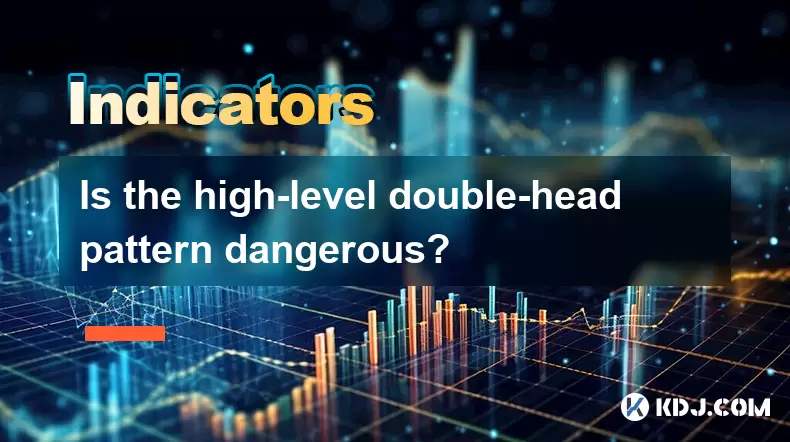
Understanding the High-Level Double-Head Pattern
The high-level double-head pattern, also known as a double top, is a bearish reversal pattern that appears in technical analysis within the cryptocurrency market. This pattern indicates that an asset's price may have reached a peak and could be poised for a downward trend. The pattern consists of two consecutive peaks at approximately the same price level, with a moderate trough between them. Recognizing and understanding this pattern is crucial for traders to manage risks effectively.
The formation of a double-head pattern is significant because it suggests that the market has made two failed attempts to push the price higher, indicating a potential exhaustion of bullish momentum. Traders often watch for this pattern to make informed decisions about when to exit long positions or enter short positions.
Identifying the Double-Head Pattern
To accurately identify a high-level double-head pattern, traders need to pay attention to several key elements:
- Two Peaks: The pattern should have two distinct peaks that reach a similar price level. These peaks should not differ by more than 3-5% in most cases.
- Trough Between Peaks: There should be a clear trough or valley between the two peaks. This trough represents a temporary decline in price before the second attempt to reach the high.
- Break of Neckline: The neckline is a support level drawn by connecting the lowest points of the trough between the two peaks. A confirmed double-head pattern occurs when the price breaks below this neckline.
Technical analysis tools such as trend lines and volume indicators can aid in the identification of this pattern. For instance, a significant increase in trading volume during the formation of the second peak and subsequent break of the neckline can reinforce the validity of the pattern.
Risks Associated with the Double-Head Pattern
The high-level double-head pattern is considered dangerous because it often signals a substantial decline in price. The risks associated with this pattern include:
- Price Decline: After the neckline is broken, the price can fall significantly, often targeting a level that is equal to the height of the pattern subtracted from the neckline.
- False Breakouts: While the double-head pattern is a reliable indicator, there is always the risk of false breakouts where the price briefly dips below the neckline but then rebounds.
- Market Sentiment: The pattern can lead to a shift in market sentiment from bullish to bearish, causing more traders to sell and further driving the price down.
Understanding these risks is essential for traders to develop effective risk management strategies, such as setting stop-loss orders and diversifying their portfolios.
Trading Strategies Based on the Double-Head Pattern
Traders can use the high-level double-head pattern to implement various trading strategies:
- Short Selling: Once the neckline is broken, traders might consider entering short positions to capitalize on the expected price decline.
- Stop-Loss Orders: To manage risk, traders can place stop-loss orders just above the second peak to limit potential losses if the price unexpectedly rises.
- Profit Targets: Calculating the height of the pattern and subtracting it from the neckline can provide a target for taking profits on short positions.
Implementing these strategies requires careful monitoring of the market and an understanding of the pattern's implications.
Steps to Trade the Double-Head Pattern
To effectively trade based on the high-level double-head pattern, follow these steps:
- Identify the Pattern: Use technical analysis tools to identify two peaks at similar levels with a trough between them.
- Draw the Neckline: Connect the lowest points of the trough to form the neckline.
- Confirm the Break: Wait for the price to break below the neckline with significant volume to confirm the pattern.
- Enter the Trade: Once confirmed, consider entering a short position.
- Set Stop-Loss and Profit Targets: Place a stop-loss order above the second peak and calculate a profit target based on the pattern's height.
- Monitor the Trade: Continuously monitor the trade and adjust stop-loss orders if necessary to lock in profits.
Following these steps can help traders navigate the potential risks associated with the double-head pattern.
Psychological Impact of the Double-Head Pattern
The high-level double-head pattern can also have a psychological impact on traders and the market. When this pattern is recognized, it can lead to:
- Fear and Uncertainty: Traders may become fearful of further declines, leading to increased selling pressure.
- Shift in Sentiment: The pattern can cause a shift from a bullish to a bearish sentiment, influencing other traders' decisions.
- Herd Behavior: As more traders recognize the pattern, herd behavior can amplify the downward movement in price.
Understanding the psychological impact of the double-head pattern can help traders anticipate market movements and make more informed trading decisions.
Frequently Asked Questions
Q: Can the high-level double-head pattern be used for long-term trading?A: While the double-head pattern is typically used for shorter-term trading due to its focus on immediate price movements, it can also be relevant for long-term traders. Long-term traders might use the pattern as part of a broader analysis to understand potential trend reversals and adjust their strategies accordingly.
Q: How reliable is the double-head pattern in predicting price movements?A: The double-head pattern is considered a reliable indicator, but like all technical analysis tools, it is not foolproof. Its reliability can be influenced by market conditions, trading volume, and other technical indicators. Traders should use the pattern in conjunction with other analysis methods to increase its effectiveness.
Q: What are some common mistakes traders make when trading the double-head pattern?A: Common mistakes include entering trades too early before the neckline break is confirmed, failing to set appropriate stop-loss orders, and not considering the broader market context. Traders should always wait for confirmation of the pattern and use risk management techniques to mitigate potential losses.
Q: Are there any other patterns similar to the double-head pattern that traders should be aware of?A: Yes, other similar bearish reversal patterns include the head and shoulders pattern and the triple top pattern. The head and shoulders pattern has three peaks, with the middle peak (head) being higher than the two on either side (shoulders). The triple top pattern is similar to the double-head but with three peaks at similar levels. Understanding these patterns can provide additional insights into potential market reversals.
Disclaimer:info@kdj.com
The information provided is not trading advice. kdj.com does not assume any responsibility for any investments made based on the information provided in this article. Cryptocurrencies are highly volatile and it is highly recommended that you invest with caution after thorough research!
If you believe that the content used on this website infringes your copyright, please contact us immediately (info@kdj.com) and we will delete it promptly.
- Essex Post Office, 5p Coins, and King Charles: A Royal Mint Revelation!
- 2025-10-23 10:30:16
- Waymo's Newark Airport AV Tests: Alphabet's AI Gamble Pays Off?
- 2025-10-23 10:30:16
- King Charles 5p Coins: A Royal Flush in Your Pocket?
- 2025-10-23 10:35:18
- Solana, Crypto Advisory, and Forward Industries: A New York Minute on the Future of Finance
- 2025-10-23 08:51:22
- MAGACOIN: Ethereum Whales Dive into the Hottest Presale of 2025
- 2025-10-23 08:51:22
- Kadena's End of the Road? KDA Token Plummets Amid Project Abandonment
- 2025-10-23 08:55:34
Related knowledge

The Best Exponential Moving Average (EMA) Settings for Crypto Swing Trading
Oct 25,2025 at 04:55pm
The Best Exponential Moving Average (EMA) Settings for Crypto Swing TradingSwing trading in the cryptocurrency market relies heavily on identifying tr...
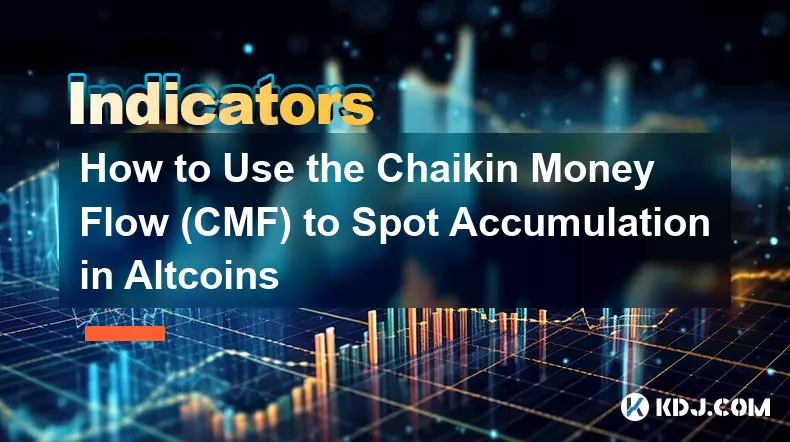
How to Use the Chaikin Money Flow (CMF) to Spot Accumulation in Altcoins
Oct 25,2025 at 08:18pm
Understanding Chaikin Money Flow in the Context of Altcoin Markets1. The Chaikin Money Flow (CMF) is a technical indicator developed by Marc Chaikin t...
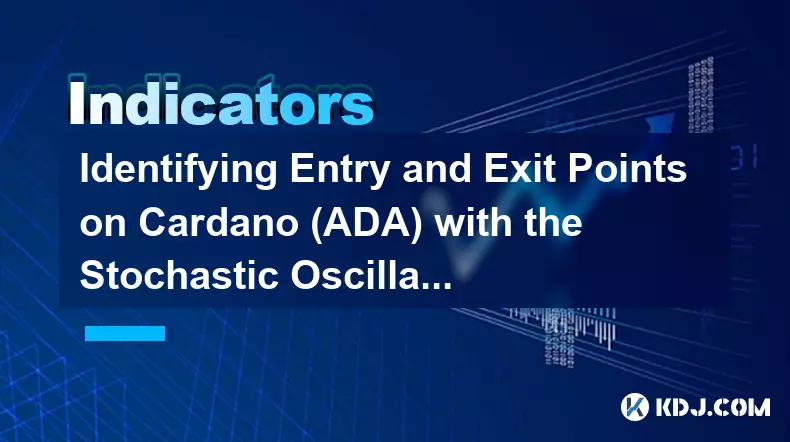
Identifying Entry and Exit Points on Cardano (ADA) with the Stochastic Oscillator
Oct 26,2025 at 01:01am
Understanding the Stochastic Oscillator in ADA Trading1. The stochastic oscillator is a momentum-based technical indicator widely used by traders anal...
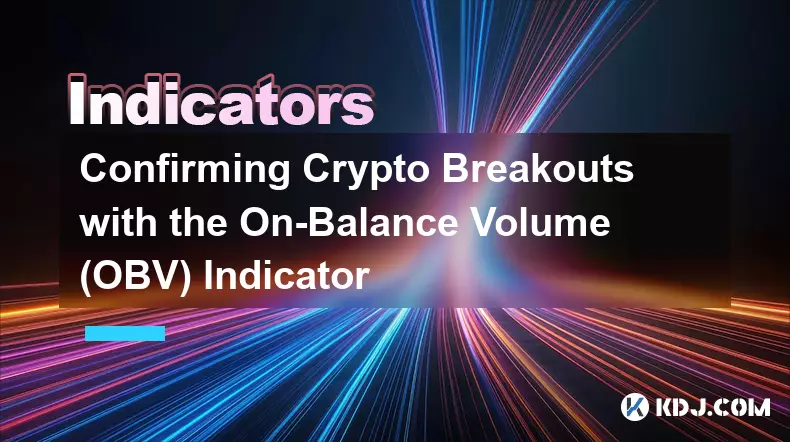
Confirming Crypto Breakouts with the On-Balance Volume (OBV) Indicator
Oct 25,2025 at 09:18pm
Understanding the On-Balance Volume (OBV) Indicator1. The On-Balance Volume (OBV) indicator is a cumulative measure that tracks the flow of trading vo...
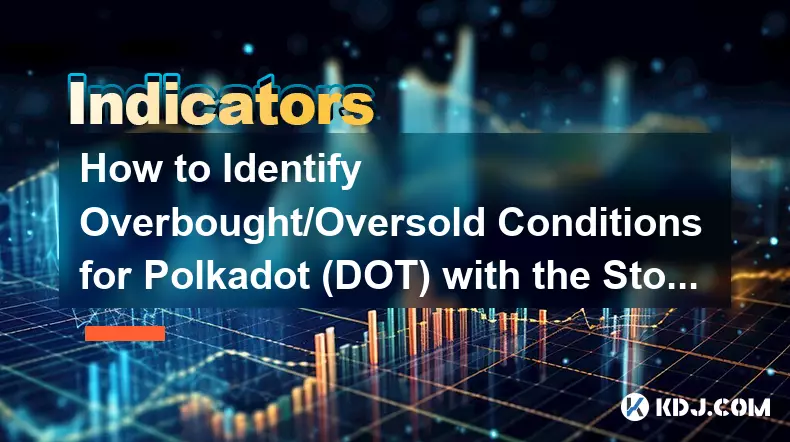
How to Identify Overbought/Oversold Conditions for Polkadot (DOT) with the Stochastic RSI
Oct 25,2025 at 04:01pm
Understanding the Stochastic RSI in Cryptocurrency Analysis1. The Stochastic RSI (StochRSI) is a momentum oscillator derived from the standard Relativ...
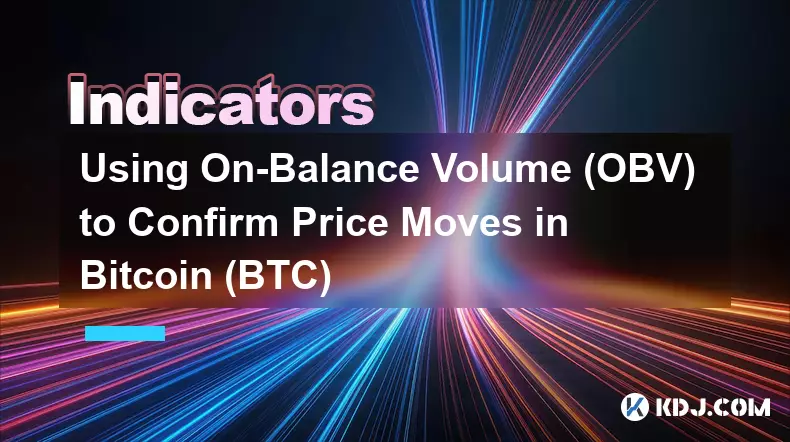
Using On-Balance Volume (OBV) to Confirm Price Moves in Bitcoin (BTC)
Oct 26,2025 at 06:54am
Understanding On-Balance Volume (OBV) in the Context of Bitcoin1. On-Balance Volume (OBV) is a momentum indicator that uses volume flow to predict cha...

The Best Exponential Moving Average (EMA) Settings for Crypto Swing Trading
Oct 25,2025 at 04:55pm
The Best Exponential Moving Average (EMA) Settings for Crypto Swing TradingSwing trading in the cryptocurrency market relies heavily on identifying tr...

How to Use the Chaikin Money Flow (CMF) to Spot Accumulation in Altcoins
Oct 25,2025 at 08:18pm
Understanding Chaikin Money Flow in the Context of Altcoin Markets1. The Chaikin Money Flow (CMF) is a technical indicator developed by Marc Chaikin t...

Identifying Entry and Exit Points on Cardano (ADA) with the Stochastic Oscillator
Oct 26,2025 at 01:01am
Understanding the Stochastic Oscillator in ADA Trading1. The stochastic oscillator is a momentum-based technical indicator widely used by traders anal...

Confirming Crypto Breakouts with the On-Balance Volume (OBV) Indicator
Oct 25,2025 at 09:18pm
Understanding the On-Balance Volume (OBV) Indicator1. The On-Balance Volume (OBV) indicator is a cumulative measure that tracks the flow of trading vo...

How to Identify Overbought/Oversold Conditions for Polkadot (DOT) with the Stochastic RSI
Oct 25,2025 at 04:01pm
Understanding the Stochastic RSI in Cryptocurrency Analysis1. The Stochastic RSI (StochRSI) is a momentum oscillator derived from the standard Relativ...

Using On-Balance Volume (OBV) to Confirm Price Moves in Bitcoin (BTC)
Oct 26,2025 at 06:54am
Understanding On-Balance Volume (OBV) in the Context of Bitcoin1. On-Balance Volume (OBV) is a momentum indicator that uses volume flow to predict cha...
See all articles





















